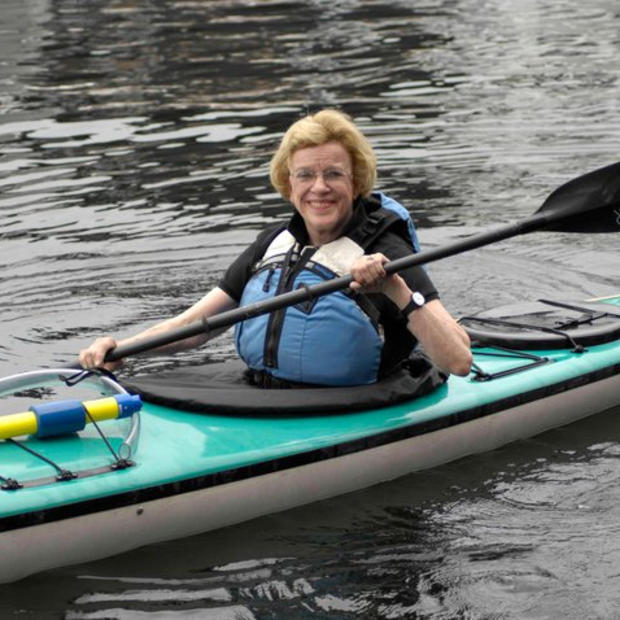Imagine a bridge through the sky with two exits: one a meandering corkscrew-like slide, the other a quick zip through space. Or think of a sound garden, a xylo-fence that plays a tune when a child runs past, striking bars with a hand or a stick. Or conjure up a pathway that turns a game of hop scotch into music.
No, we’re not talking about a futuristic landscape; we’re describing the plans for a new children’s playground completely unlike any other — a play area designed partly by internationally known artists and partly by the children of Seattle.
The playground grew from a promise made by the Space Needle Corporation to sweeten approval for the Chihuly Garden and Glass Exhibit. The Space Needle committed $1 million for initial construction of a children’s play space and a yearly $50,000 maintenance fund.
The Chihuly museum quickly blossomed and took shape and has been operating for about two years. Construction of the three-acre play area has been far slower and more deliberate. Call it Seattle process. But the delay was purposeful, dictated by use of the site as a stage for the Seattle Center’s 50th anniversary celebration.
In the aftermath of the golden anniversary, a playground team has been selected from a number of promising proposals. The successful ensemble is now ready to shape their plan using hands-on suggestions from youth themselves. The idea is to give children not just a look at concept plans, but a true voice in the design process. The team will work with children in helping them express their creativity and energy.
The team includes two renowned artists, Judith Caldwell and Trimpin. They will be working with Highwire, distributor of innovative play equipment, and Site Workshop, a local landscape architecture firm. Trimpin, recipient of a MacArthur “Genius” award, creates kinetic sculptures such as the Rube Goldbergian musical contraption at the Sea-Tac Airport. Caldwell, a teacher and sculptor who has created art for places like the Seattle Aquarium, is charged with helping children interpret their stories in artwork.
The team’s concept plan for the Play Gardens is the stuff of fanciful Midsummer-like dreams. It weaves together interactive kinetic and musical sculptures, cast bronze inlays and dramatic play equipment amidst a rich garden landscape.
The project team will begin its robust community engagement process, inviting children and adults alike to join team members in a Kick-Off Community Design Presentation and Workshop from 1 p.m. to 4 p.m. on Saturday, March 1, in the Next 50 Pavilion at the Seattle Center.
Additional community workshops will be scheduled around the city throughout the spring of 2014. Our goal is to create a family play area that is unlike any other, a place where children will beg their parents and grandparents to take them. We can only imagine the whimsical additions Seattle’s children will suggest.
Once final plans are completed, there will be a community ground-breaking. Construction of the playground will get underway later in 2014, with a completion date expected sometime early in 2015. It took a while, Seattle-style, but the prospects are as exciting as the possibilities.
How can we err when the goal of Artists at Play is to enhance the Seattle Center campus with a beautiful landscape, one that the children of Seattle can call their own?
Editor's note: City Councilmember Sally Bagshaw is the wife of Bradley Bagshaw, chair of Crosscut's board of directors.


